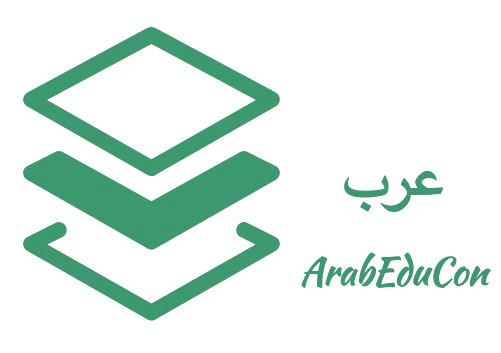Current Educational Trends in the Middle East: A Look at This Year
NA
Introduction to Educational Trends in the Middle East
The Middle East is experiencing a remarkable transformation in its educational landscape. With a strong focus on modernization and technological integration, countries in the region are making significant strides in enhancing educational opportunities. This year, several trends have emerged that are shaping the future of education in the Middle East, providing students with innovative learning experiences.
Emphasis on Digital Learning
One of the most significant trends is the increased emphasis on digital learning. As schools and universities continue to incorporate technology into their curricula, students are benefitting from new tools and resources that enhance their learning experiences. From online courses to digital textbooks, the integration of technology is transforming traditional educational models.

Many educational institutions are investing in state-of-the-art facilities and digital platforms that allow students to learn at their own pace. This shift not only caters to diverse learning styles but also prepares students for the digital economy. Virtual classrooms and interactive learning environments are becoming commonplace, offering flexibility and accessibility like never before.
Focus on STEM Education
The Middle East is also witnessing a growing focus on STEM (Science, Technology, Engineering, and Mathematics) education. Recognizing the importance of these fields in driving economic growth, governments and educational bodies are implementing policies to promote STEM subjects. This includes initiatives to encourage more girls to pursue careers in science and technology.
Specialized STEM programs and competitions are being introduced at both school and university levels, fostering innovation and critical thinking among students. By prioritizing STEM education, the region aims to develop a skilled workforce capable of meeting the demands of a rapidly evolving job market.

Inclusive Education Initiatives
Another noteworthy trend is the push towards inclusive education. Efforts are being made to ensure that students with disabilities or special needs have access to quality education. Schools are implementing tailored programs and support systems to create an inclusive learning environment for all students.
Additionally, there is a growing awareness of the importance of mental health in education. Schools are incorporating mental health education into their curricula and providing resources to support students' well-being. This holistic approach aims to foster a nurturing environment where every student can thrive.
Rise of Private and International Schools
The demand for private and international schools in the Middle East continues to rise. These institutions offer a diverse range of curricula, including International Baccalaureate (IB) and American or British educational systems, which appeal to both local and expatriate families seeking a global education for their children.

This trend reflects a growing desire for educational excellence and global competitiveness. By providing students with an internationally recognized education, these schools help prepare them for higher education opportunities abroad and equip them with the skills needed to succeed in a globalized world.
Conclusion
The educational trends emerging in the Middle East this year highlight a region committed to progress and innovation. By embracing digital learning, promoting STEM education, fostering inclusivity, and expanding private school options, the Middle East is paving the way for a brighter educational future. These efforts not only enhance the quality of education but also empower students to become active contributors to their communities and the global economy.
